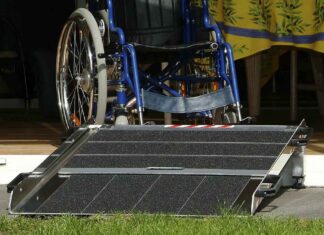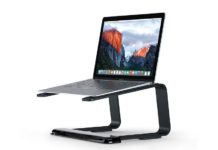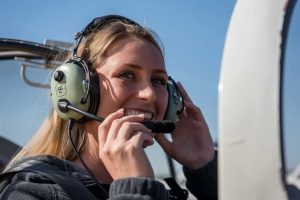
It’s understandable why most pilots, regardless of whether they fly commercial, corporate, or strictly recreational, are so particular about their headsets. Headsets are very personal items, and when you’ve found a pair that’s comfortable, has great sound quality, reduces noise and does everything you need an aviation headset to do, you want to stick with them.
The problem though is if you regularly switch between different aircraft, or between rotary and fixed-wing aircraft, you won’t always be able to use your personal headset. Sometimes you simply can’t because of TSO (Technical Standard Orders) requirements, but it’ll most likely be because your headset’s plug configuration is different from how the aircraft is ported.
Unless there’s an operational mandate to do otherwise, you want to be able to use the communications gear that you’re comfortable with. Fortunately, there’s a full range of headset adapters on the market that are designed to let you do that.
Plug Adapters for Aviation
With growing numbers of panel-mounted and handheld radios and transceivers, intercom and audio capturing devices, navigation aides, and even smartphones finding regular use in cockpits, there’s always a need for headsets, especially older models, to remain compatible. Investing in new headsets with every innovation isn’t feasible, which is why pilots rely on aviation headset adapters and cable assemblies to convert from one headset plug type to the next whenever they transition between aircraft.
To understand just how forward-thinking good adapters are though, it’s important to remember how vital headsets are. At their most basic, headsets are expected to:
- Enable communications between pilots, crewmembers, and passengers through the aircraft’s intercom system;
- Enable communications with ATC and ground crews through the aircraft’s transceiver; and,
- Provide power for the headset’s active noise reduction (ANR), or other special features.
Headset adapters are designed to bridge the gaps between the variations in how headset plugs are configured and how aircraft communication systems are powered and ported. It means that with a dual plug GA general aviation headset adapter, you don’t have to worry about using your fixed wing headset on an aircraft that’s ported with an XLR communications system. Or, if you still have (or inherited) a military-issue David Clark headset that means everything to you, with a helicopter to standard fixed wing adapter, you can use them the next time you fly a Cessna.
Headset adapters give you the ability to use your personal headset every time you fly. You don’t have to haul multiple pairs of headsets around in your flight bag, or wrestle with an uncomfortable pair of loaners through an entire flight.
With their flexibility though, it’s no wonder that headset adapters will let you do much more than just use your personal headset. There’s an array of aviation headset cables available designed to let you approach aircraft communications from a completely different perspective. You just need to know which type of plug configuration your headset has, and an adapter will do the rest.
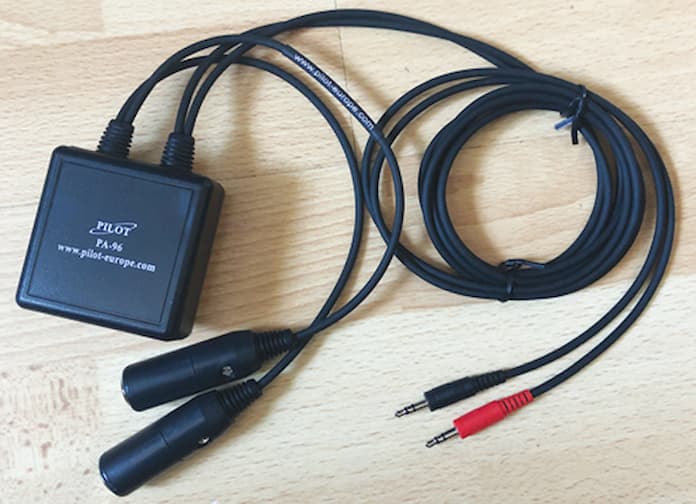
Headset Plug Types
Before you run out and invest in any kind of flight headset adapter, it’s important to know the 4 main plug types. Remember, your headset is going to have one of these, and the adapter will be letting you port to whichever system the aircraft has. Ultimately, you’ll need to know both plug types before you purchase the adapter.
GA (General Aviation) Plugs
GA plugs, consisting of dual male plugs of slightly different sizes, are the most universally used plug configuration on commercial and civilian fixed-wing aircraft. The larger plug, the PJ-055, is responsible for providing audio to the earphones, while the smaller plug, the PJ-068, is for the microphone. GA ports don’t have powered support for features like ANR or Bluetooth though, so if you need them, they’ll have to be powered by an external battery.
U-174 (NATO) Plugs
These are the single, low impedance male plugs that are typically used on military and helicopter headsets. Power for both the earphones and microphone is supplied by the aircraft through a single plug, and a helicopter to fixed wing headset adapter will allow these headsets to be used in any aircraft equipped with GA plug ports.
LEMO (6-pin) Plugs
These twist-type, barrel connectors with 6 pins are frequently referred to as Bose plugs. These are panel plugs that supply power for earphones, microphones, ANR, and Bluetooth, and are ordinarily found in new fixed-wing aircraft as well as helicopters.
XLR plugs
These plugs come in either 3-pin or 5-pin configurations. They’re standard panel-powered plugs on Airbus and ATR commercial aircraft, and are becoming increasingly common on Boeing aircraft as well.
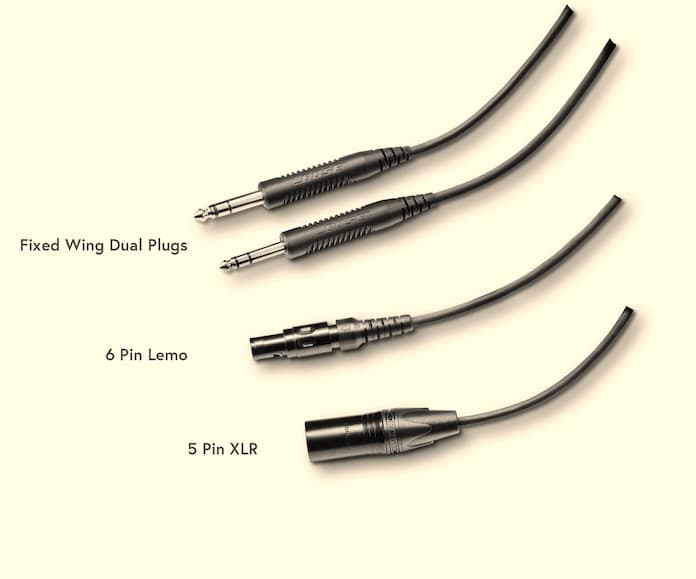
What Else Can Headset Adapters do?
Headset adapters, along with a host of aviation headset splitters, extension cords, and other power accessories allow you to get much more flexible use out of all your communications gear. And with the right combination of aviation headset replacement cables and adapters, you can expand your communications capabilities in ways that you wouldn’t have imagined possible otherwise.
Headset adapter with a GoPro
With a GoPro adapter solution for your headset, while the camera is capturing video, you can also capture all the audio transmitted over headset, intercom, and transceiver. It’s the ideal way to record flights as part of a journal or for training.
Headset Adapter with Smartphone Interface
With a smartphone to aviation headset adapter, you can transform your smartphone, tablet, or iPhone into a cockpit audio recorder that’ll capture headset, intercom and transceiver transmissions.
Headset Adapter with PTT
If you want to keep the potential for any type of miscommunication between yourself and ATC to a minimum, adding an in-line PTT (push-to-talk) adapter to your microphone line that can use with or without the intercom will help.
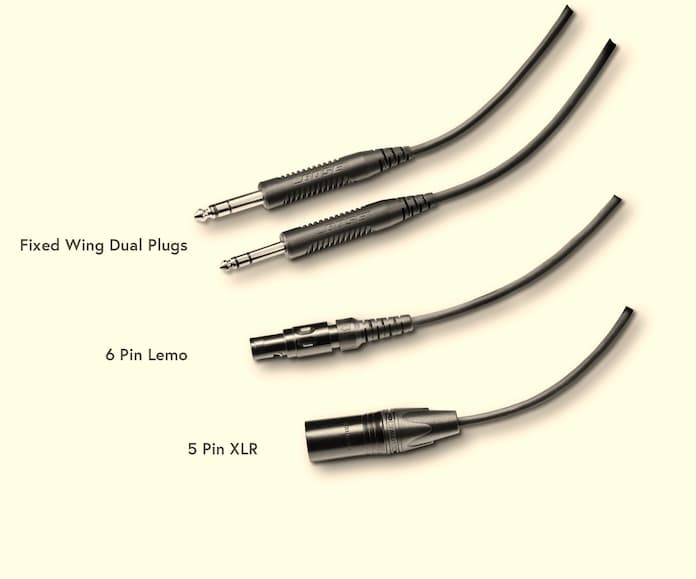
The Conclusion
At the end of the day, while it’s understood that changes in aircraft communications systems will continue to occur, it’s good to know that pilots don’t have to feel compelled to invest in new equipment to accommodate ever-changing plug specifications. Thanks to the broad selection of aviation headset adapters and cables, they can continue to use the equipment that they’re comfortable with, no matter which type of aircraft they’re flying.
If you’re a pilot who’s transitioning between aircraft, or an owner who’s considering purchasing one with a different type of intercom porting, an adapter will eliminate all your headset concerns.







